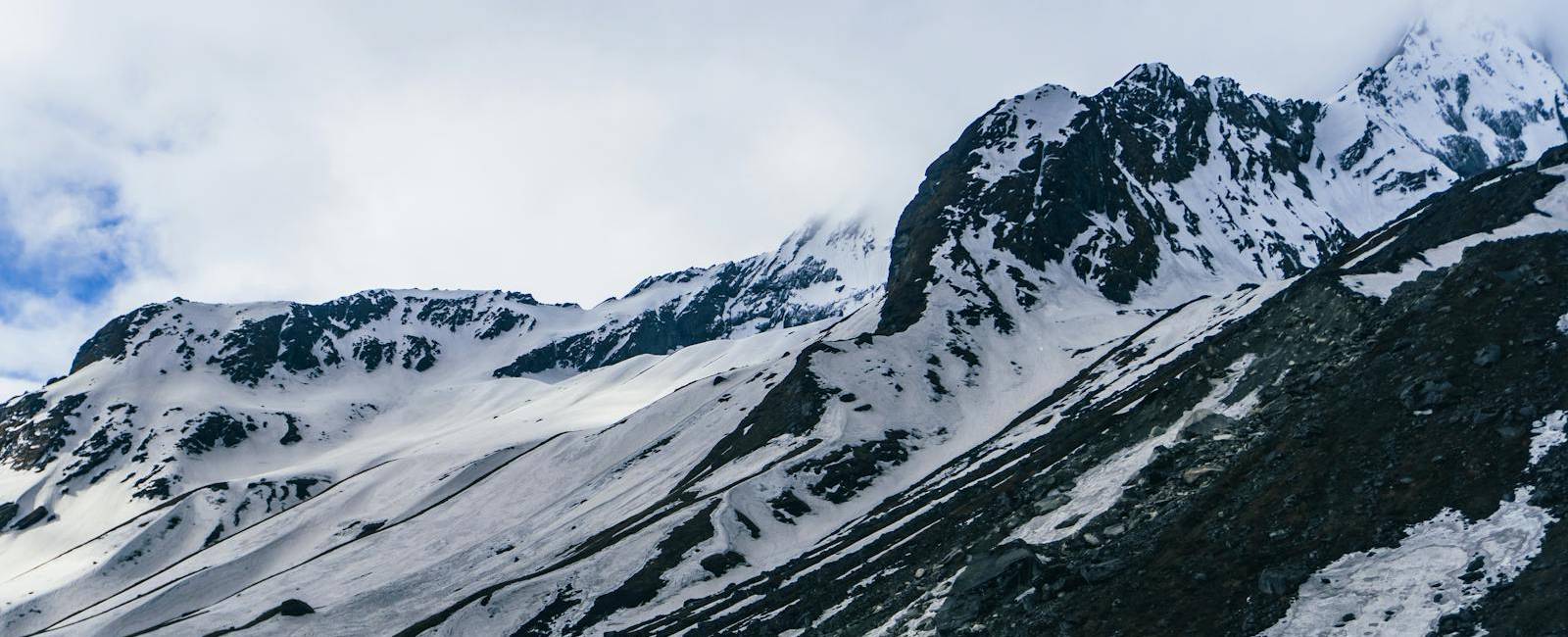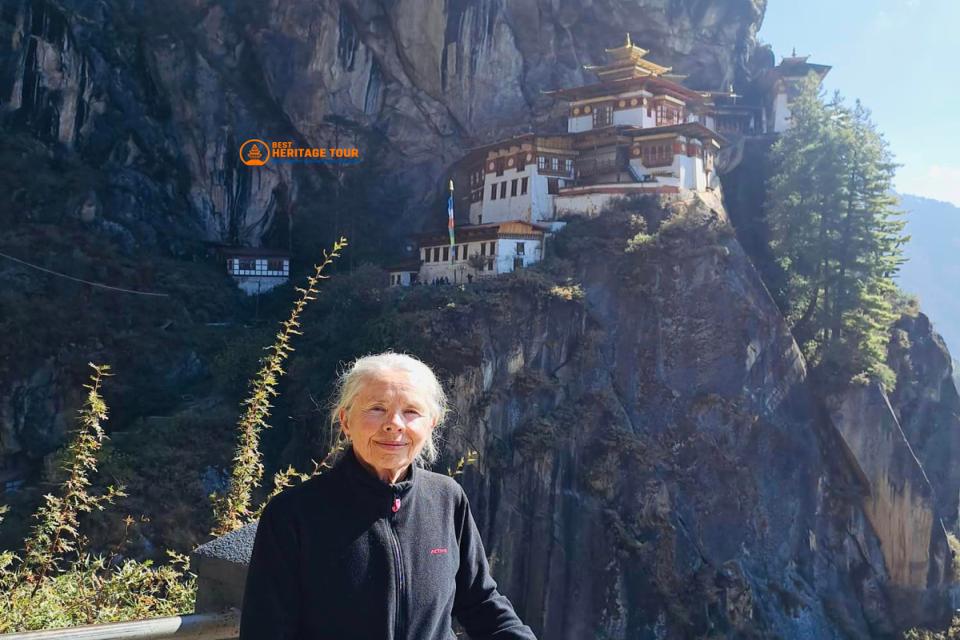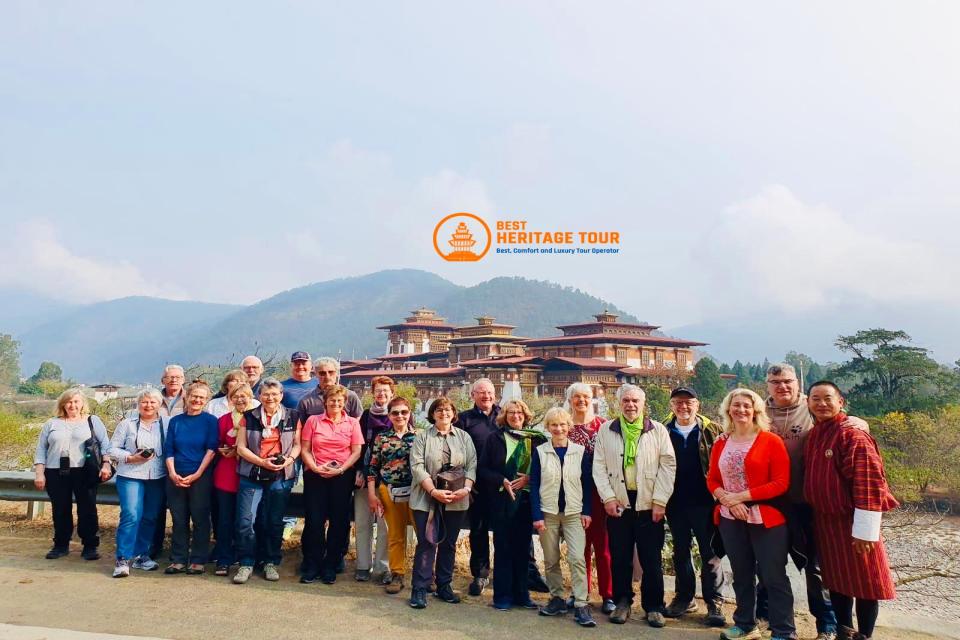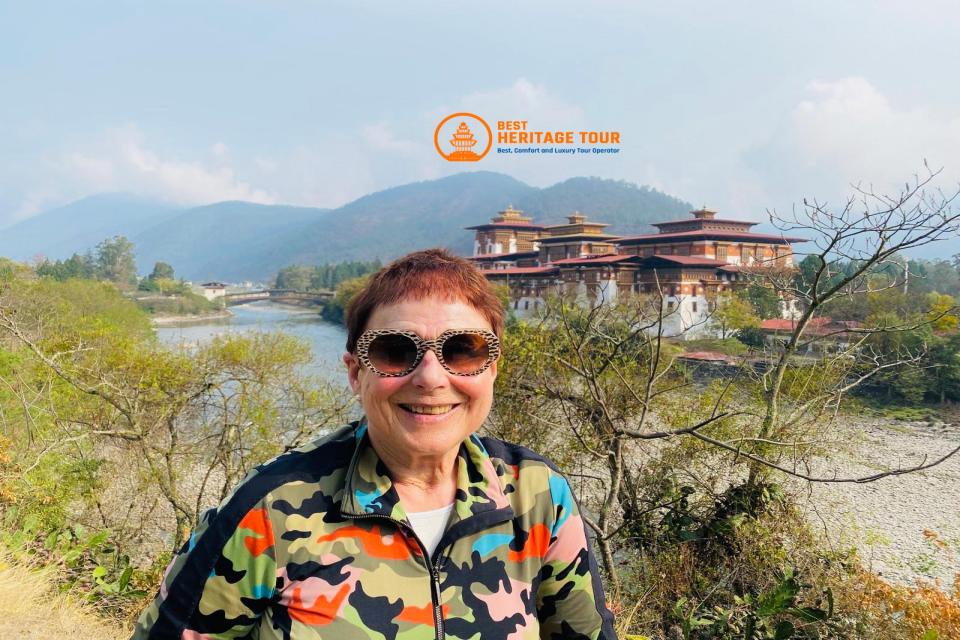Bhutan, the “Land of the Thunder Dragon,” is celebrated for its rich cultural heritage, dramatic landscapes, and deeply spiritual traditions. Among its many festivals, the Paro Tsechu Festival stands out as one of the most colorful, culturally immersive, and spiritually significant events in the country. Celebrated annually in the Paro Valley, this festival draws locals, monks, and travelers from across the globe, offering a unique opportunity to witness Bhutanese traditions, religious rituals, and community celebrations.
In this guide, we will explore everything you need to know about experiencing the Paro Tsechu Festival, including its historical and spiritual significance, major highlights, how the festival is celebrated, and tips for travelers who want to witness this spectacular event.
What is the Paro Tsechu Festival?
The Paro Tsechu Festival is a religious festival celebrated in honor of Guru Rinpoche (Padmasambhava), the saint who introduced Buddhism to Bhutan in the 8th century. “Tsechu” translates to “day of the sacred religious ceremony,” and these festivals are held annually in various Bhutanese districts to commemorate Guru Rinpoche’s life and teachings.
The Paro Tsechu is one of the largest and most famous Tsechus in Bhutan, typically held over five days in the spring or autumn, according to the Bhutanese lunar calendar. Monks and laypeople gather in the Paro Dzong (fortress-monastery) and nearby courtyards to perform ritual dances, recite prayers, and engage in spiritual practices, creating an immersive cultural and spiritual experience.
Historical and Spiritual Significance
The spiritual significance of the Paro Tsechu Festival is deeply tied to Guru Rinpoche’s life and teachings. Guru Rinpoche is credited with bringing Vajrayana Buddhism to Bhutan, establishing monasteries, and spreading the dharma throughout the Himalayan region. Tsechus, including the Paro Tsechu, celebrate his accomplishments and teachings of compassion, mindfulness, and wisdom.
During the festival, it is believed that witnessing the masked dances and religious ceremonies can purify negative karma, bring spiritual blessings, and protect from misfortune. The festival is not just a spectacle; it is a living expression of Bhutanese Buddhist philosophy, connecting attendees to centuries of spiritual practice.
Major Highlights of the Paro Tsechu Festival
Experiencing the Paro Tsechu is a feast for the senses. Here are the key highlights:
1. Masked Cham Dances
The Cham dances are the heart of the festival. Monks wear intricate, brightly colored masks representing deities, demons, and animals, performing dances that depict moral lessons, historical events, and spiritual teachings. These dances can last for several hours, and each movement and mask carries symbolic meaning, designed to teach virtue, compassion, and the impermanence of life.
2. Thongdrel Display
The Thongdrel is a massive appliqué thangka (religious painting) depicting Guru Rinpoche. The unveiling of the Thongdrel is a highly spiritual moment, believed to wash away sins and confer blessings on those who witness it. Thousands of devotees gather early in the morning for this sacred ritual, demonstrating their devotion.
3. Cultural Performances and Music
Bhutanese festivals are not only religious but also cultural showcases. Visitors can enjoy traditional music, folk performances, and community dances, offering insight into the rich heritage and daily life of Bhutanese people.
4. Local Markets and Cuisine
During the festival, local artisans and vendors set up stalls offering traditional crafts, souvenirs, and Bhutanese cuisine. Sampling local dishes like ema datshi (chili cheese stew) or momos (dumplings) adds a flavorful dimension to the festival experience.
When is the Paro Tsechu Festival?
The Paro Tsechu is typically held in the spring or autumn, depending on the Bhutanese lunar calendar. In 2026, the festival is starts from March 29th and ends to April 2nd, aligning with the full moon, which is considered auspicious in Bhutanese tradition. The festival generally lasts for five consecutive days, providing ample time for travelers to immerse themselves in ceremonies, dances, and cultural experiences.
Why the Paro Tsechu Festival is a Must-Experience Event
-
Spiritual Insight - Witnessing rituals and Cham dances provides a deep understanding of Bhutanese Buddhism and the teachings of Guru Rinpoche.
-
Cultural Immersion - The festival offers a firsthand experience of Bhutanese culture, from traditional costumes to folk performances and local cuisine.
-
Photography Opportunities - The vibrant masks, colorful robes, and dynamic dances create stunning visual content for photography enthusiasts.
-
Community Interaction - Travelers can interact with locals, monks, and fellow pilgrims, gaining personal insights into Bhutanese spiritual life.
-
Unique Travel Experience - Unlike regular sightseeing, the festival allows visitors to participate in living traditions, creating memories that go beyond typical tourist experiences.
Tips for Travelers Attending Paro Tsechu
-
Plan Early - Accommodation in Paro fills quickly during the festival. Booking months in advance is essential.
-
Respect Local Customs - Dress modestly, follow monastery rules, and observe silence where appropriate.
-
Arrive Early - Many events, especially the Thongdrel display, attract large crowds. Arriving early ensures you witness the ceremonies up close.
-
Hire a Local Guide - Guides can explain the significance of each dance, ritual, and symbol, enriching your festival experience.
-
Stay Hydrated and Prepared - Bhutan’s high altitude can affect some travelers. Carry water, snacks, and be mindful of altitude adjustment.
Best Way to Experience the Paro Tsechu Festival
For travelers wanting a seamless and immersive experience, booking a guided tour with Best Heritage Tour ensures:
-
Expert guidance through ceremonies, dances, and religious practices
-
Accommodation and transport arrangements in and around Paro
-
Insights into Bhutanese culture and spiritual significance
-
Eco-friendly and responsible travel, preserving local traditions
With Best Heritage Tour, visitors can focus on enjoying the festival while leaving the planning, logistics, and guidance to experienced professionals.
Conclusion
The Paro Tsechu Festival is Bhutan’s crown jewel of cultural and spiritual celebrations. From the masked Cham dances and sacred Thongdrel display to local performances and cuisine, it offers travelers a rare opportunity to immerse themselves in Bhutanese spirituality and culture. Participating in or witnessing the festival allows one to understand the depth of Bhutanese Buddhism, appreciate its living traditions, and experience a truly transformative journey.
For a stress-free, enriching experience, Best Heritage Tour provides tailored packages for the Paro Tsechu Festival, ensuring travelers can witness all the sacred rituals, cultural highlights, and local traditions safely and comfortably.
Contact Best Heritage Tour
Phone: +977-9851149197 / +977-9810043046
Email: info@bestheritagetour.com / bestheritagetour@gmail.com
Booking/Info: www.bestheritagetour.com
Office: Thamel Marg, Kathmandu, Nepal
Author: Best Heritage Tour
Date: 26th August, 2025




